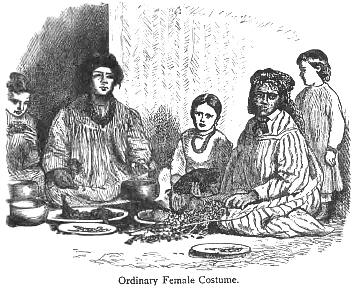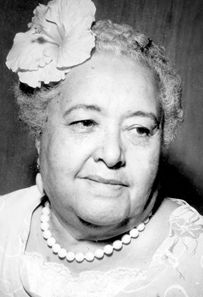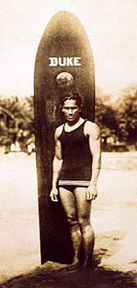Mēheuheu (customs)
|
Hula |
|
||||||||
|
There are many styles of hula. They are commonly divided into two broad categories: Ancient hula, as performed before Western encounters with Hawai`i, is called kahiko. It is accompanied by chant and traditional instruments. Hula as it has evolved under Western influences, in the 19th and 20th centuries, is called `auana. It is accompanied by song and musical instruments. Hula is taught in schools called hālau. The teacher of hula is the kumu hula, where kumu means source of knowledge. Hula dancing is a complex art form, and there are many hand motions used to signify aspects of nature, such as the basic hula and coconut tree motions, or the basic leg steps, such as the Kaholo, Ka`o, and Ami. Source: http://en.wikipedia.org/wiki/Hula |
|||||||||
|
Chants: Mele of Antiquity Edith Kanaka‘ole Foundation Hapa – Lei Manoa Huapala Hula Archives Hula Hula Instruments Hula Preservation Society Hula Steps |
The Hula Movement
Ke`ali`i ipoipo Chant (mp3)
Merrie Monarch '95, Kane
(YouTube)
|
||||||||
|
Mary
Abigail Kawena `ula o kalani a hi`iaka i ka poli o pele ka wahine `ai honua Wiggin
Puku`i (1895-1986), known as
Kawena, was a
Hawaiian scholar, dancer, composer, and educator. She was born in Ka`ū,
Big Island, to Mary Pa`ahana
Kanaka`ole,
a native Hawaiian woman and Henry Wiggin, a Caucasian man originally
from Massachusetts. In the traditional custom of hānai (foster
parenting), she was initially reared by her mother’s parents.
Mary Kawena Puku`i was recognized in her lifetime as the greatest living authority on Hawaiian culture. Recipient of many honors for her immense contributions to the fields of language, music, chanting and hula in her more than 80 year career, Kawena is perhaps most widely known for her authorship, with Samuel H. Elbert, of the Hawaiian Dictionary. As a kumu hula, she sought to preserve the Hawaiian chant; Ka'upena Wong, Kaha`i Topolinski, and daughters Pele Pukui Suganuma and Pat Namaka Bacon were among her most notable students. In 1971, at the zenith of her long career, Kawena Pukui received Hawaiian music's most significant prize, the Hawai`i Aloha Award. Her legacy to Hawaiian music was the legitimizing of the endeavor to perpetuate our Hawaiian culture, for it is through chant and song lyrics that much of the drama and color of Hawaiian life was first preserved. |
|||||||||
|
|
|||||||||
`Ohana |
He'e
Nalu (Surfing) |
||||||||
|
|
|||||||||
|
In old Hawaii, life revolved around the extended family and the clan; it was an `ohana (family) society, a group of both closely and distantly related people who share nearly everything: land, food, children, status, and the spirit of aloha. Source: Coffee Times "
"`Ohana is a basic organizing principle of Hawaiian life. This concept
resonates with the word `oha, a synonym for kalo (taro) which refers as
well to the plant's origins in the original stalk. To be a member of an
`ohana is then to be a node on the open-ended rhizomatic growth that
both gives birth to and feeds each person. (This) rhizomatic network
includes connections to spirits, akua, ancestors and future generations,
as well as to those people that Euro-Americans might recognize as living
family members. |
|
||||||||
|
See also: |
|||||||||
| Mo`ōlelo Hawai`i (Hawwaian Antiquities) | |||||||||
|
|
|||||||||
| The Aloha Spirit Law | |||||||||
|
|
|||||||||
|
|
|
|
|
|
||
| History | Atlas | Culture | Language | Links |

 Her grandmother, a traditional dancer in the court
of Queen Emma, taught her chants and stories, while grandfather was a
healer and kahuna pale keiki (obstetrician) who used lomilomi (massage),
la`au lapa`au (herbal medicine), ho`oponopono (forgiveness), and pule
(prayer). Her great-great-grandmother was a priestess kahuna pule in the
Pele line.
Her grandmother, a traditional dancer in the court
of Queen Emma, taught her chants and stories, while grandfather was a
healer and kahuna pale keiki (obstetrician) who used lomilomi (massage),
la`au lapa`au (herbal medicine), ho`oponopono (forgiveness), and pule
(prayer). Her great-great-grandmother was a priestess kahuna pule in the
Pele line.